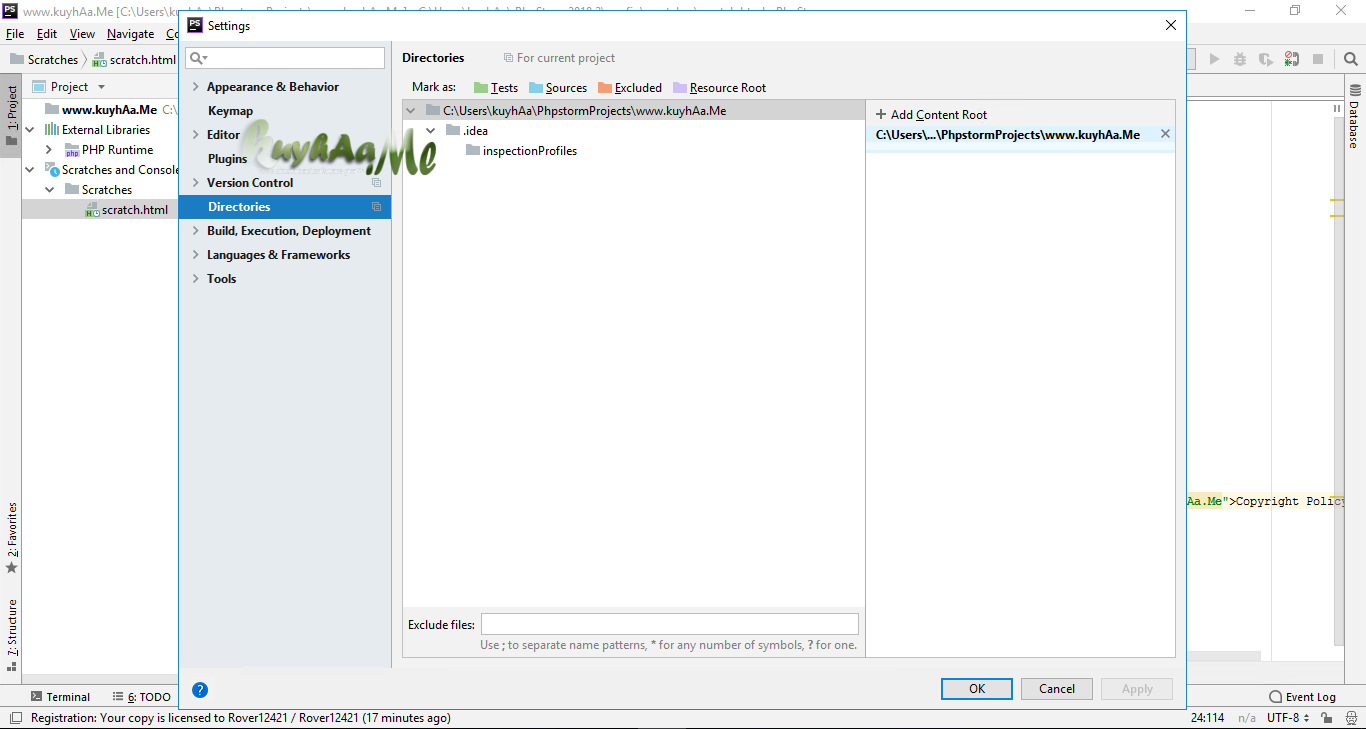

- #Rapid php 2015 serial serial#
- #Rapid php 2015 serial upgrade#
- #Rapid php 2015 serial software#
- #Rapid php 2015 serial code#
Last year I bought Rapid PHP 2016 and upgraded this year to Rapid PHP 2018. However, those interested in Rapid CSS or HTMLPad can be reasonably sure that comments here about how Rapid PHP handles CSS and HTML will apply to those lesser products. Because I have no need for Ruby, ASP/.NET or Python at the moment, I can't comment on WeBuilder's support for them. This article focuses entirely on Rapid PHP and its capabilities. The Rapid PHP 2018 IDE in its default livery, the "Flat Blue" Interface Style.
#Rapid php 2015 serial upgrade#
Blumentals has been updating this suite about every two years, so an upgrade cost of $50 is $25 per year, a bargain in anybody's book. When comparing pricing, the initial buy-in is one thing but the more important consideration is the long-term upgrade cost. For Rapid PHP, a license for four (4) users is $180 with an upgrade price of $100. Blumentals offers lower-cost Academic and personal licenses as well as volume pricing for multiple seats.Ī special "team" license is available for some of the products. Upgrade prices are less Rapid PHP's upgrade price is $50. At the top of the pyramid is the main product, WeBuilder, costing $90 and adding support for Ruby, ASP/.NET and Python. $70 gets you Rapid PHP, supporting PHP and associated technologies such as SQL and Apache. At $60 is HTMLPad, which adds JavaScript to the mix. The family dates back to 2004.Īt the bottom of the heap Is Rapid CSS at $50, capable of editing CSS and HTML. The four editors are actually variations of one editor (WeBuilder) from which features are stripped to create the other products.
#Rapid php 2015 serial software#
I just verified it empirically, nothing much.Rapid PHP is one of a suite of four editors from Blumentals Software in Latvia. It makes it a little faster, saving 6-10us (on average).

#Rapid php 2015 serial code#
If your code is sending fast enough then that's great.
#Rapid php 2015 serial serial#
The flush was there so the serial buffer emptied before the next reading was added, preventing full buffer blocking at the possible expense of slightly slower but consistent sampling. Why do you need to repeat the analogue read and serial send several times in the while loop? val = analogRead(phr) Serial.write( val>5 ) Serial.write( val & 0x1F ) If you're interested about the python program, that takes this data and draw them in a graph in real time (at 63us per sample), just drop me a message I didn't need to use the Serial.flush(), maybe cause I'm reading them fast enough? Val = analogRead(phr) Serial.write( val>5 ) Serial.write( val & 0x1F ) Serial.write( val & 0x1F ) //and then the lowest 5 Serial.write( val>5 ) //write first the highest 5bits Here's my final code: //higher baud doesn't help. Thanks to Riva I'm now able to output a value (ranged between, that is 10bit) in 32micros. So maybe I just should read faster? I'm going to see and report what I discover.

In fact, increasing its dimension (with this trick ) the number of samples increase proportionally to the increase of the buffer dimension. I'm fairly sure that the buffer gets full after those 22 samples. What I want to do is to sample a light, and of course I want the highest frequency as possible because I want to write those data in a graph (made with python). but Serial.println takes 411us after the first 22 call to Serial.println() function analogRead, thanks to the trick above, only takes 6micros following three lines to speed up ADC (that is analogRead() ) Int const btn = 2 //just a button to start the reading Here's the code: unsigned long const baudrate = 115200


 0 kommentar(er)
0 kommentar(er)
